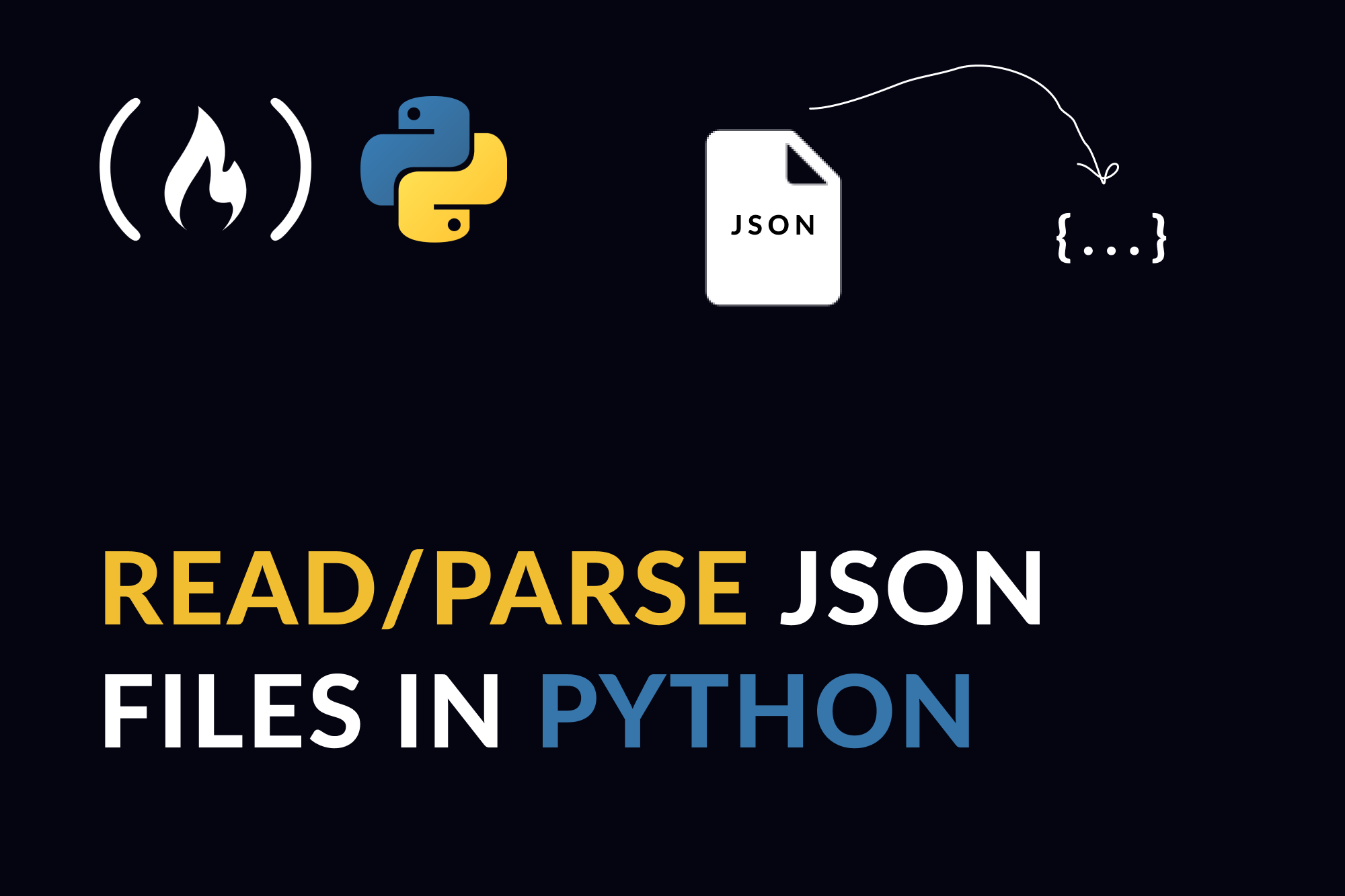In this article, you'll learn how to read and parse JSON in Python.
What is JSON?
JSON is short for JavaScript Object Notation. It's a simple syntax for storing data in name-value pairs. Values can be different data types as long as they are valid. Non-acceptable types for JSON include functions, dates, and undefined.
JSON files are stored with the .json extension with a valid JSON structure.
Here's what the structure of a JSON file looks like:
{
"name": "John",
"age": 50,
"is_married": false,
"profession": null,
"hobbies": ["traveling", "photography"]
}
You'll often use JSON to send and receive data from a server in web applications.
When the data is received, the program reads and parses the JSON to extract specific data. Different languages have their own methods for doing this. We'll look at how to do these in Python here.
How to Read JSON Files
Let's say the JSON in the code block above is stored in a user.json file. Using the open() inbuilt function in Python, we can read that file and assign the content to a variable. Here's how:
with open('user.json') as user_file:
file_contents = user_file.read()
print(file_contents)
# {
# "name": "John",
# "age": 50,
# "is_married": false,
# "profession": null,
# "hobbies": ["travelling", "photography"]
# }
You pass the file path to the open method which opens the file and assigns the stream data from the file to the user_file variable. Using the read method, you can pass the text contents of the file to the file_contents variable.
I used with at the beginning of the expression so that after reading the contents of the file, Python can close the file.
file_contents now contains a stringified version of the JSON. As a next step, you can now parse the JSON.
How to Parse JSON
Python has in-built modules for various operations. For managing JSON files, Python has the json module.
This module comes with many methods. One of which is the loads() method for parsing JSON strings. Then, you can assign the parsed data to a variable like this:
import json
with open('user.json') as user_file:
file_contents = user_file.read()
print(file_contents)
parsed_json = json.loads(file_contents)
# {
# 'name': 'John',
# 'age': 50,
# 'is_married': False,
# 'profession': None,
# 'hobbies': ['travelling', 'photography']
# }
Using the loads() method, you can see that the parsed_json variable now has a valid dictionary. From this dictionary, you can access the keys and values in it.
Also notice how null from the JSON is converted to None in python. This is because null is not valid in Python.
How to Use json.load() to Read and Parse JSON Files
The json module also has the load method which you can use to read a file object and parse it at the same time. Using this method, you can update the previous code to this:
import json
with open('user.json') as user_file:
parsed_json = json.load(user_file)
print(parsed_json)
# {
# 'name': 'John',
# 'age': 50,
# 'is_married': False,
# 'profession': None,
# 'hobbies': ['travelling', 'photography']
# }
Instead of using the read method of the file object and using the loads method of the json module, you can directly use the load method which reads and parses the file object.
Wrapping Up
JSON data is commonly known for its simple structure and is popular (a standard in most cases) for information exchange between servers and clients.
Different languages and technologies can read and parse JSON files in different ways. In this article, we've learned how to read JSON files and parse such files using the read method of file objects, and the loads and load methods of the json module.

